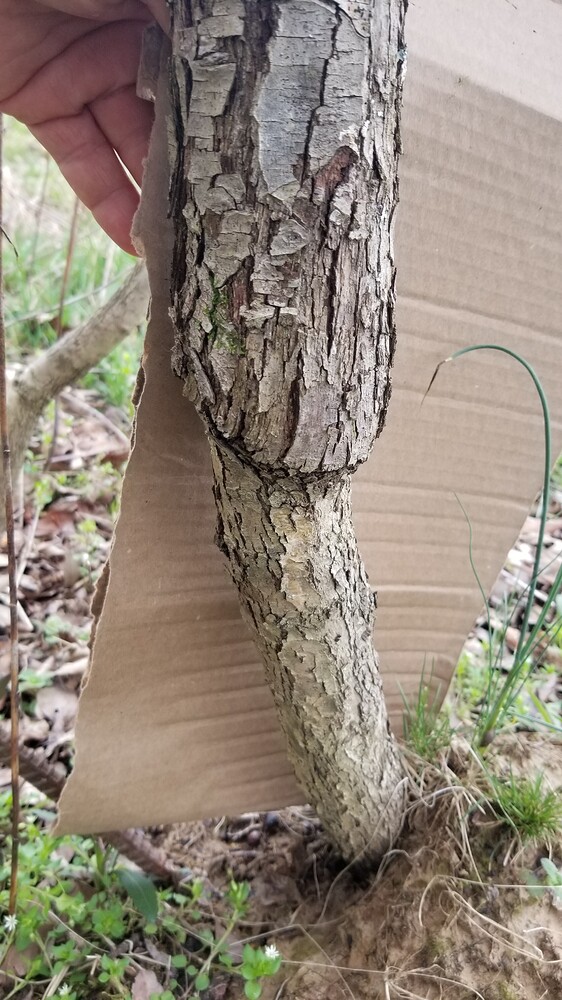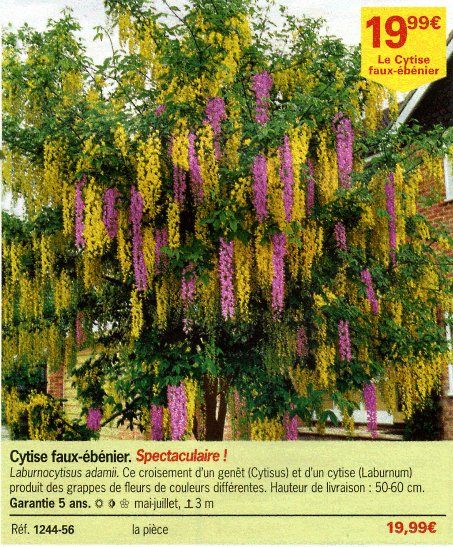I (and others) have posted here before about the recently performed and previously thought impossible graft of a pomegranate upon a crape myrtle. There is also the history of the diospyros kaki x virginiana hybrid (thought to be hybrid incompatible until they were cross-grafted then cross-pollinated).
Can the collective mind of growing fruit come up with other hybrids?
The idea is anything from the same family (or at least genus) grafted onto the rootstock of it’s “cousin” then vice-versa and then cross-pollinated. It’s supposed to help with ploidy issues.
Possibilities: pistachioxsumac, citrusxzanthoxyllum, hardyxfuzzy kiwifruit (in progress), che/mulberry/figxosage orange, purple passionfruitxmaypop, texas black persimmonxasian persimmon (I’m attempting this), rosexrubus, honeyberryxhoneysuckle, etc.
Any others you can think of let me hear them. I’ve hopefully got 30-40 growing years left to do something crazy.

